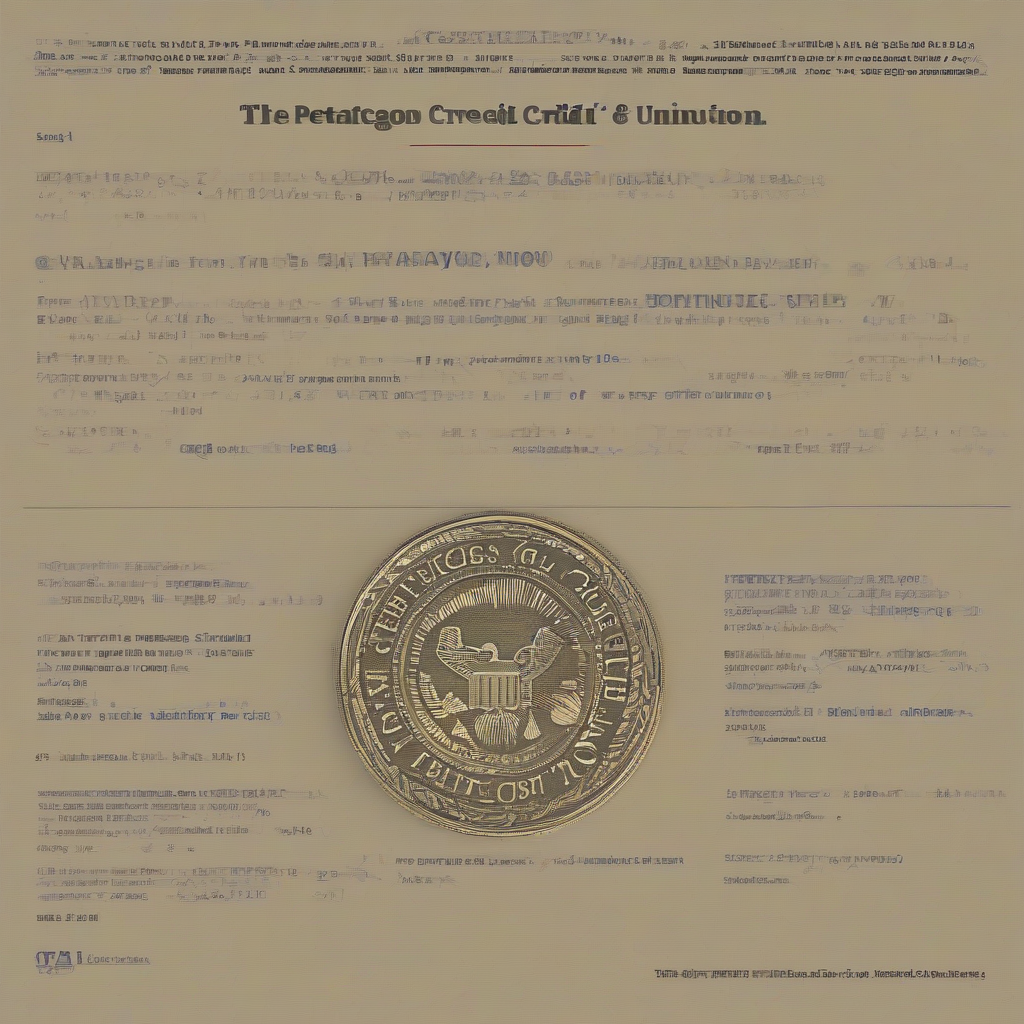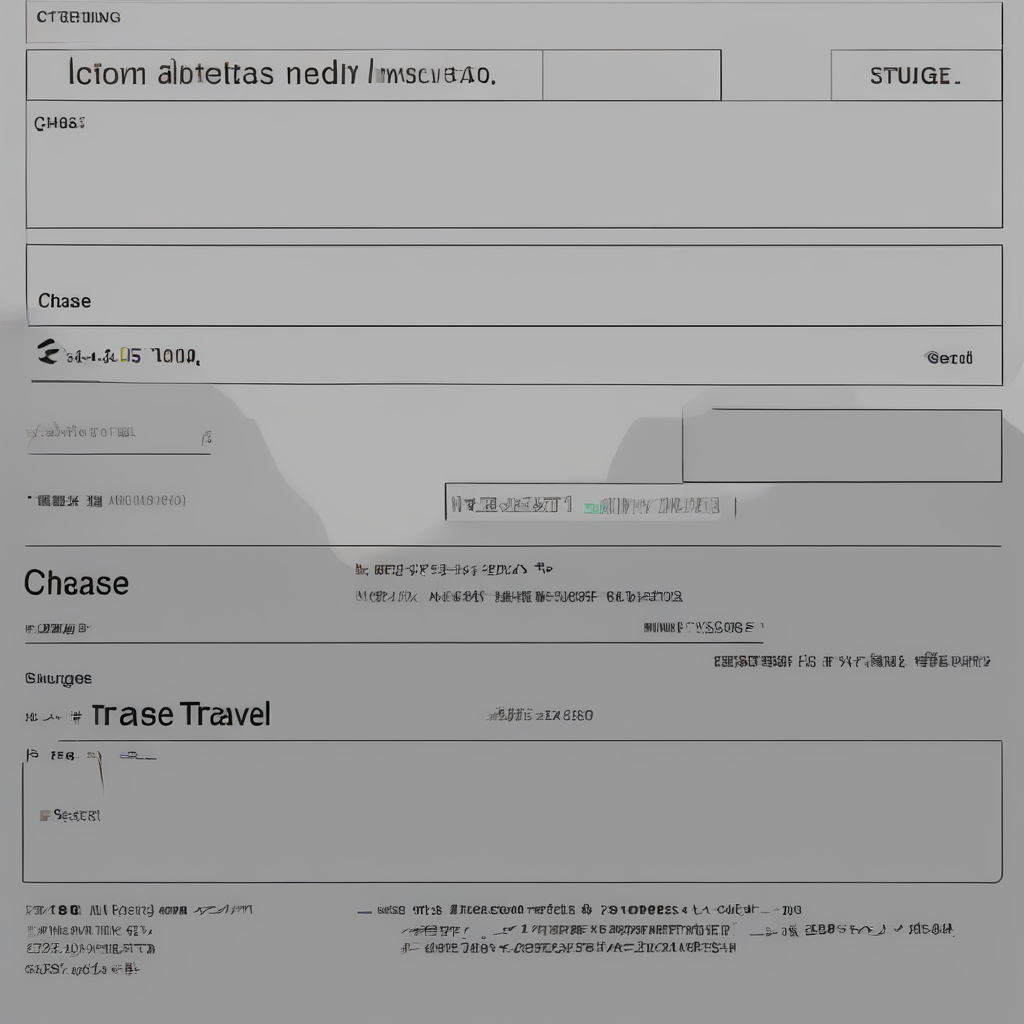Salesforce and ERP Integration: A Comprehensive Guide

Salesforce and ERP Integration: A Comprehensive Guide
In today's digital landscape, businesses are increasingly reliant on integrated systems to streamline operations and enhance efficiency. Two key pillars of this ecosystem are Salesforce, a leading customer relationship management (CRM) platform, and Enterprise Resource Planning (ERP) systems, which manage core business processes. Integrating these systems offers significant advantages, unlocking a wealth of benefits for organizations of all sizes.
The Benefits of Salesforce and ERP Integration
- Improved Data Visibility and Consistency: By integrating Salesforce and ERP, businesses can eliminate data silos and ensure a single source of truth across all departments. This unified data view provides real-time insights into customer interactions, financial performance, and operational efficiency.
- Enhanced Customer Experience: With access to a comprehensive customer view, businesses can personalize interactions, provide tailored solutions, and deliver seamless experiences throughout the customer lifecycle.
- Streamlined Processes and Automation: Integration automates key processes, such as order fulfillment, inventory management, and billing, reducing manual effort, minimizing errors, and accelerating workflows.
- Increased Revenue and Profitability: By optimizing operations, improving customer engagement, and reducing costs, integrated systems contribute to increased revenue and enhanced profitability.
- Improved Decision-Making: The real-time data insights provided by integration enable better-informed decision-making across all departments, leading to strategic advantage.
Key Considerations for Salesforce and ERP Integration
- Integration Approach: Businesses must carefully consider the integration approach, choosing between a custom solution, pre-built connectors, or cloud-based platforms.
- Data Mapping and Transformation: Data mapping and transformation are crucial to ensure data consistency and accuracy across systems.
- Security and Compliance: Integration must address security and compliance considerations to protect sensitive customer and business data.
- Cost and Resources: Organizations need to factor in the cost of integration, including software licenses, consulting services, and ongoing maintenance.
- Change Management: Effective change management strategies are essential to ensure user adoption and minimize disruption during the integration process.
Common Integration Use Cases
- Sales and Order Management: Integration enables seamless order processing, real-time inventory visibility, and accurate customer order fulfillment.
- Customer Service and Support: Service agents gain access to customer history, purchase information, and support cases, improving resolution times and customer satisfaction.
- Marketing and Sales Automation: Integration empowers marketers to target campaigns based on customer data, automate marketing processes, and track campaign performance.
- Finance and Accounting: Integration streamlines financial reporting, automates billing and invoicing, and improves cash flow management.
- Supply Chain Management: Integration optimizes inventory levels, improves supply chain visibility, and facilitates real-time order tracking.
Best Practices for Salesforce and ERP Integration
- Define Clear Business Objectives: Establish clear objectives and use cases for integration to guide the process and measure success.
- Choose the Right Integration Approach: Select the integration approach that best suits your organization's needs, considering factors such as budget, complexity, and timeline.
- Engage in Thorough Planning: Invest in detailed planning, including data mapping, process design, and user training.
- Test Thoroughly: Conduct comprehensive testing to ensure seamless data exchange and functionality.
- Monitor and Optimize: Continuously monitor the integration performance, address issues promptly, and optimize processes for improved efficiency.
Conclusion
Integrating Salesforce and ERP systems provides significant benefits for businesses, including improved data visibility, enhanced customer experience, streamlined processes, and increased profitability. By carefully considering key factors, implementing best practices, and leveraging the power of integration, organizations can unlock the full potential of these powerful platforms to achieve strategic goals and drive growth.What's Your Reaction?

















